Learn more about LED lighting in horticulture by reading our latest articles and case studies.
- Europe
- Latin America
- Middle East & Africa
- North America
- Asia Pacific
- BelgiqueFrançais
- BelgiëNederlands
- DanmarkDansk
- DeutschlandDeutsch
- Eesti VabariikEesti
- EspañaEspañol
- FranceFrançais
- HrvatskaHrvatski
- Ireland English
- ItaliaItaliano
- LatvijaLatvijas
- LietuvaLietuvių
- MagyarországMagyar
- NederlandNederlands
- NorgeNorsk
- PolskaPolski
- PortugalPortuguês
- RomâniaRomână
- SchweizDeutsch
- SlovenijaSlovenščina
- SlovenskoSlovenčina
- SrbijaSrpski
- SuisseFrançais
- SuomiSuomeksi
- SverigeSvenska
- TürkiyeTürkçe
- United KingdomEnglish
- ÖsterreichDeutsch
- Česká RepublikaČeština
- ΕλλάδαΕλληνική
- БеларусьРусский
- БългарияБългарски
- Российская ФедерацияРусский
- УкраїнаУкраїнська
- ҚазақстанРусский
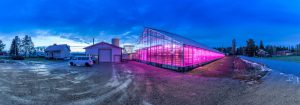
Your recipe for growth
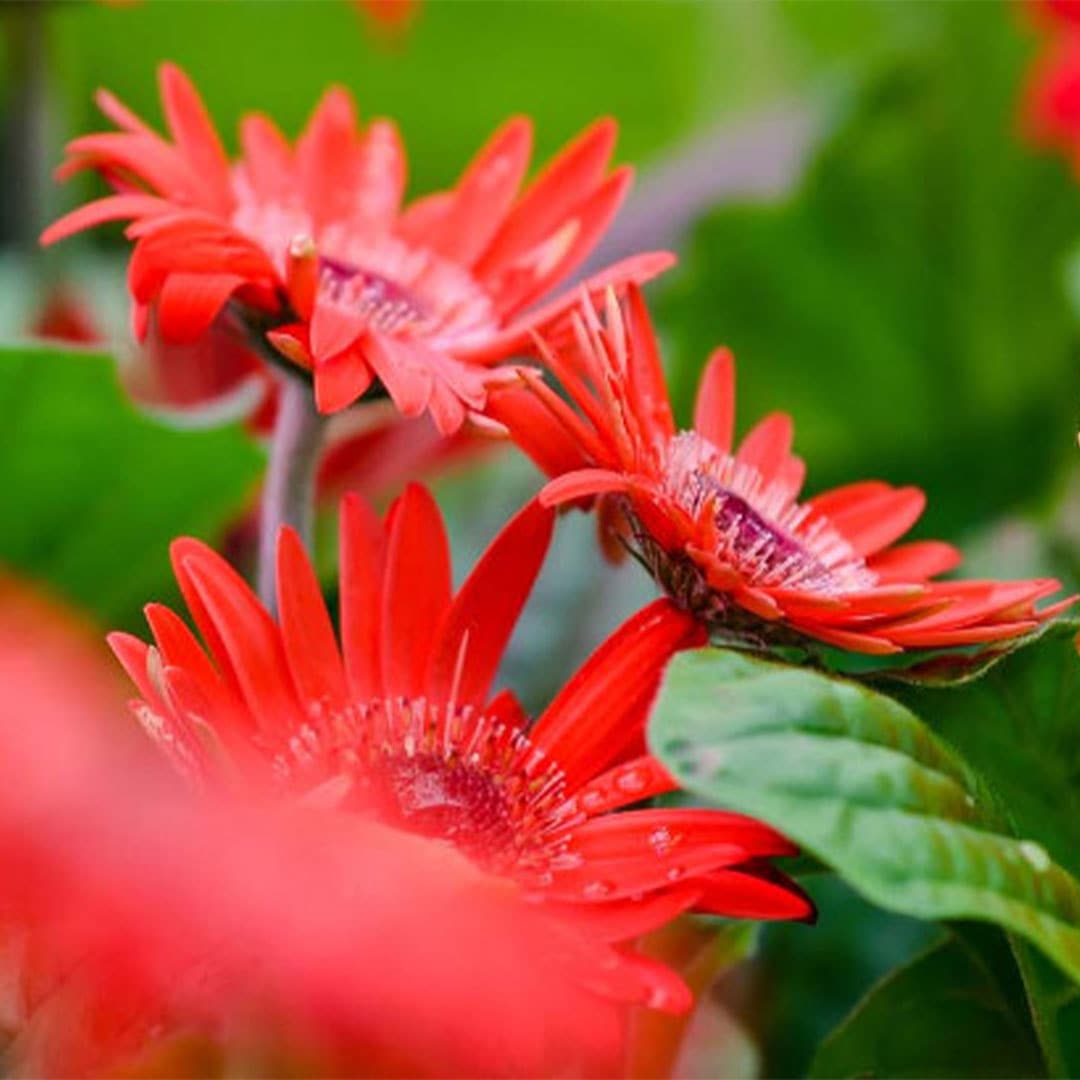
Latest results on benefits of growing gerberas with LEDs
In the past few years, I’ve seen more and more growers across the globe adding LED grow lights to HPS to increase light levels and yields for their gerbera daisies. Unlike high pressure sodium (HPS) lighting, higher light levels can be applied with LEDs because they produce very little radiant heat and use less electricity.
This enables growers to achieve the perfect balance between warmth and light with LEDs, so that they can produce more crops and potentially accelerate the payback on their LED investments.
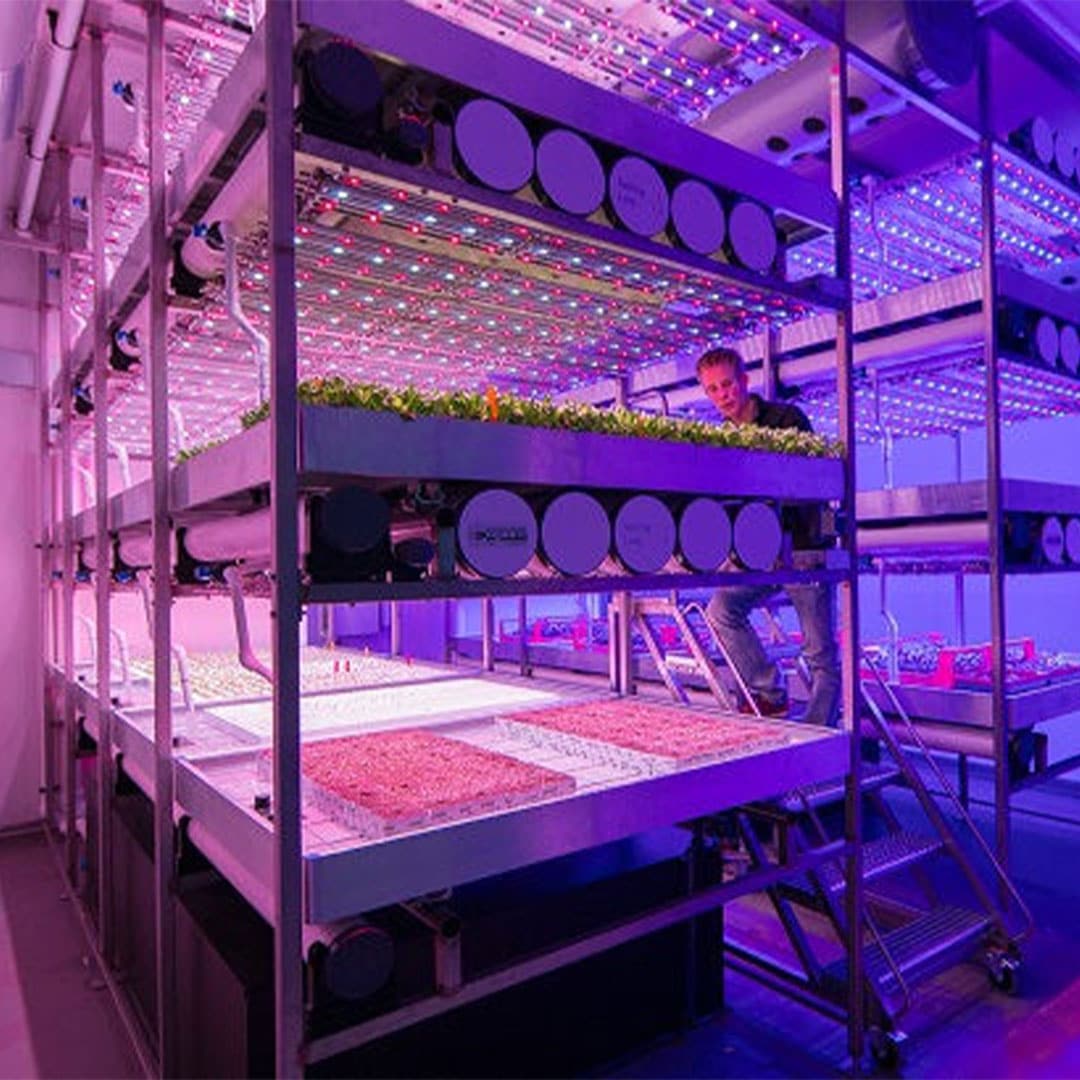
Follow us on a new journey combining floriculture and vertical farming
Setup of floriculture trial
These benefits prompted us to conduct a floriculture trial in our climate-controlled test facility at BrightBox in Venlo. Most of the requests that we receive are from growers of young plants, so we ran a trial on the propagation phase of flowers. We chose a wide range of annual and perennial plants, including Begonias, Petunias, Calibrachoas, Dianthus, Gerberas, Celosias, Alternatheras and Impatiens.
For this trial, we translated the cultivation conditions of a greenhouse to a climate-controlled environment and added the experience of our colleagues, City Farm plant specialists. Light levels were chosen based on the reference greenhouse environment with daylight, as well as scientific literature and the experience of growers. The light spectra used in the test were aligned with a number of growers to meet their quality standards for the different varieties of flowers. Growth speed is one requirement from growers, but good plant quality is the first priority. In this case, a plant is considered good if it has a compact shape, enough leaves and branches and a good root system. In addition, a good plant should be able to quickly establish roots and bloom as it moves to its next growth phases.
By drawing upon our experiences and the scientific literature we were able to extract enough insights to develop light recipes that would produce these plant characteristics. For example, many plants react to a higher amount of blue light by becoming more compact. The length of the internodes becomes shorter. Some plants benefit from far red light by germinating faster and developing stronger roots, while other react by bolting and drooping.
Results from floriculture trial
Our results showed that, as expected, each variety of flower reacts differently to a light recipe. The climate settings are also important in this respect. Higher temperatures resulted in faster, but less compact and less robust, growth. The results confirmed that growing floriculture young plants in a daylight-free environment is possible and all about finding the right balance between climate factors and lighting. In fact, the choice of light intensity and light spectrum plays an even greater role in a vertical farm than in a greenhouse.
This is just a first screening, but the trial gave us clear insight into the possibilities of cultivating diverse varieties of young annuals and perennials in a daylight-free environment. As with all trials, there were also plants that did not fare well as a result of a certain light recipe. But we learned from these results as well. The majority of the light recipes tested produced good results in terms of compact, robust plants with a good root system. There is plenty of room for optimisation, depending on the most desirable characteristic for a specific variety. We also saw that it is definitely possible to cultivate good quality plants for several crops under one light recipe.
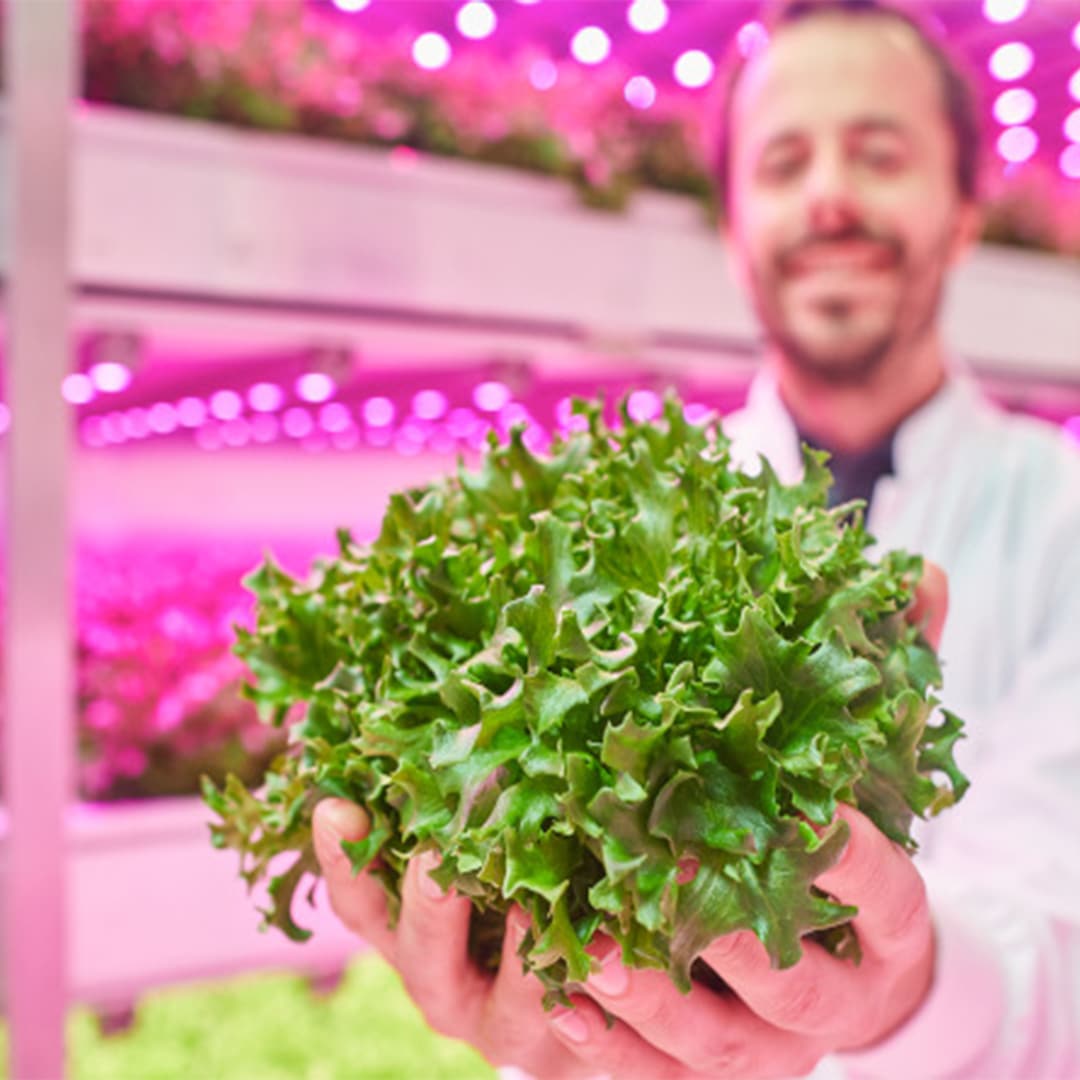
Four remarkable results that you can achieve with dynamic LED grow lights in a vertical farm
As LED lighting has become more and more popular among growers,, LED lighting technology has been rapidly evolving to meet their needs. Luminaires have become more powerful, efficient and versatile. Now they are getting even smarter! At Signify’s GrowWise research facility, we have been experimenting with a colour-controllable luminaire, which provides a whole new level of lighting flexibility for indoor farming facilities. The GreenPower LED production module 3.0 allows you to control both the colour spectra and light levels to create so-called dynamic light recipes. At GrowWise, we have been carrying out extensive research with these dynamic light recipes and would like to share four remarkable results that we have seen.
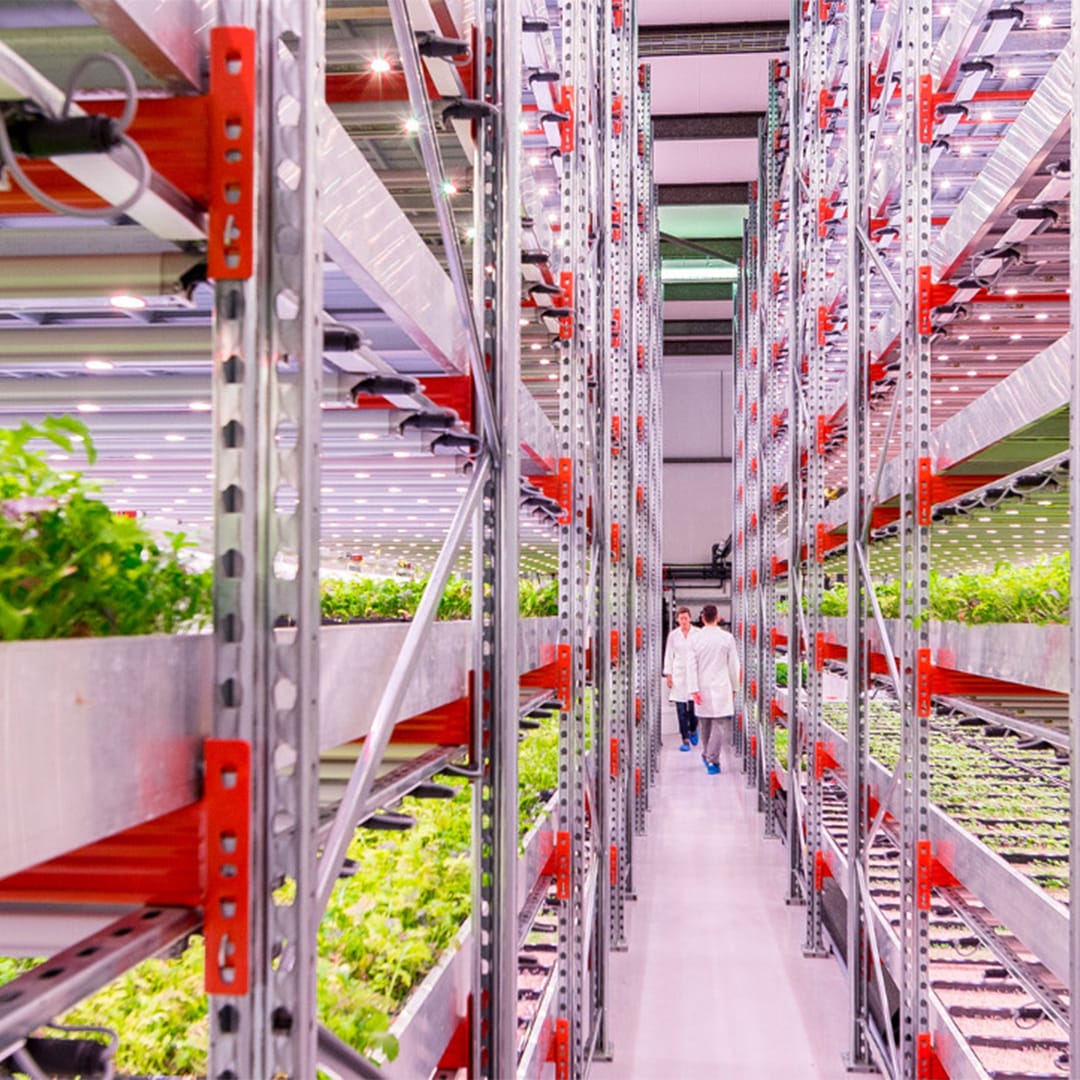
How to build a successful vertical farm
The interest in growing plants indoors in vertical farms keeps increasing. But many investors who thought they could simply buy an empty warehouse, plug in some grow lights and turn out perfect heads of lettuce to make money have been disappointed. Here are a few key lessons learned from city farming expert Roel Janssen on successful vertical farm projects.
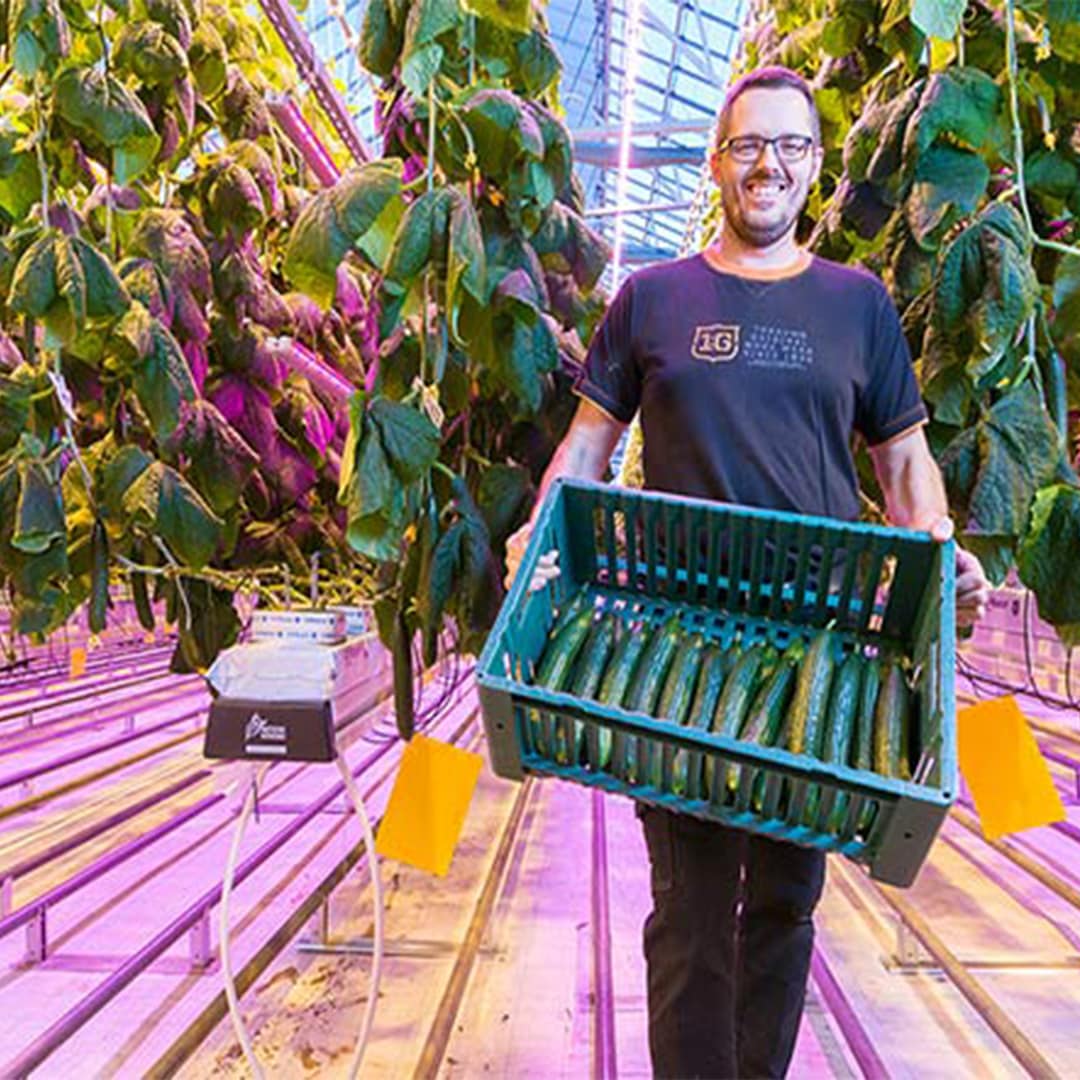
How does light affect plants and people differently?
Waking up this morning, I noticed a big difference compared to yesterday: it was still quite dark and the sky was covered with thick clouds, whereas yesterday it was bright and sunny! The dreary, grey sky did not stop me from getting up. I had to get to work and there was still plenty of light for me to go about my daily activities. For the plants in my garden though, the difference in sunlight has a much bigger impact than it does on me!
The sun continuously emits radiation across a wide spectral range. Which part of that reaches earth depends strongly on where you are and what the weather is like. In fact, the spectrum remains much more stable than the amount of radiation. The spectrum varies slightly depending on location and weather, but aside from dusk and dawn, it always looks similar, ranging from UV to IR radiation.
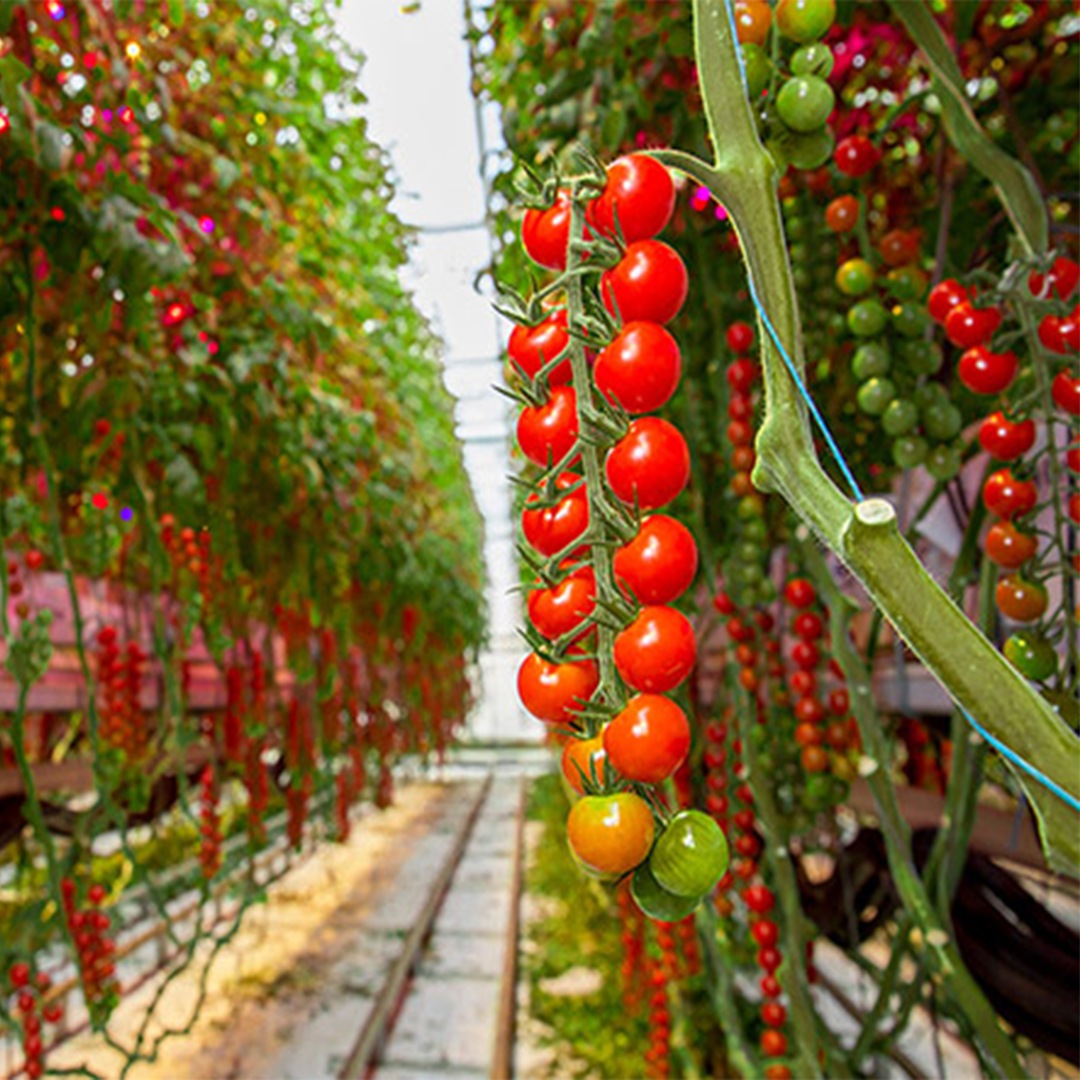
Three reasons why intercanopy lighting is effective for high-wire vegetables
Most commercial greenhouses are growing vegetables on vertical high-wires these days, and the demand for artificial lighting has been increasing for years. To help greenhouse growers grow their crops even more efficiently, Philips lighting is always searching for the most effective solution. Ten years ago, we introduced a new type of lighting called interlighting, followed recently by a high-output version. By now, this way of applying light to plants has proved itself numerous times, and we’d like to share what we’ve learned along the way.
Many high-wire crops like cucumbers and tomatoes are grown using traditional HPS (high pressure sodium) grow lights above the crop. But with the arrival of LED interlighting in 2008, Philips lighting began researching the effects of placing LED lighting within the canopy of high-wire plants to improve crop yield and quality. These trials showed that placing LED interlighting within the canopy of high-wire plants allows you to focus growth-stimulating light on parts of the crop that are normally darker, so that the leaves have an even greater impact on fruit production. This can significantly improve the quality and yields of crops.
Back in 2010, Dutch tomato grower Jami and his growers' cooperative were closely involved in these trials, and the positive results convinced them that intercanopy lighting was the way to go. In 2012, growers cooperative Van Nature (where Jami is one of the members) invested in a Philips hybrid lighting system, combining HPS lights with a double line of LED interlighting which was installed in Jami's greenhouse. Their greenhouse was too low to accommodate sufficient HPS lighting to support year-round production. That meant that this hybrid lighting solution was the best option for them. At that time, it was a 'forced choice'. Ask them now, and based on their experience and results with LED, they wouldn't want anything else.
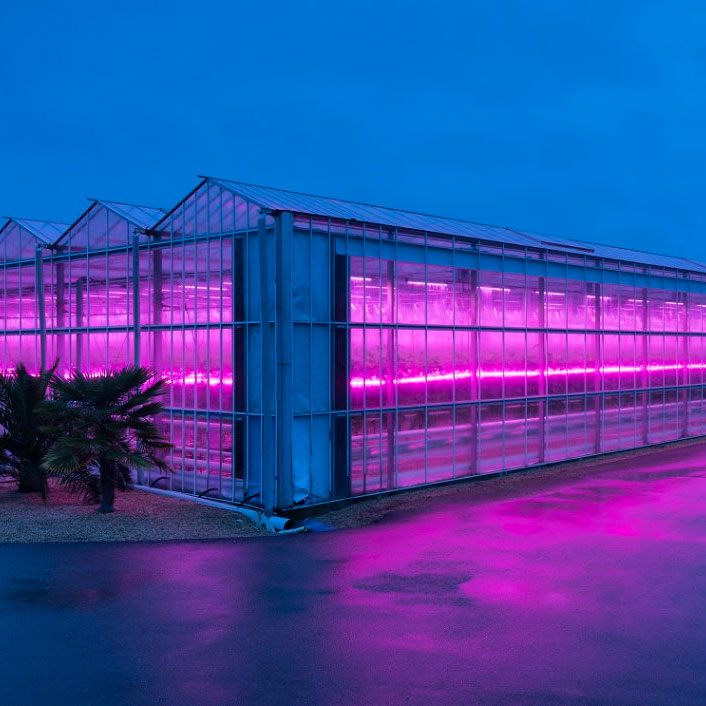
Think of more than just the light
LED is being applied on an increasingly large scale in greenhouses, for vegetable as well as floriculture crops. Although many crops have already been proven to grow well under 100% LED lighting, a hybrid solution is sometimes chosen as a first step.
When making the (partial) transition to LED, a choice can be made for significant energy savings on the one hand, or for raising the light intensity on the other. In both cases, next to selecting the right LED spectrum, you should bear the total cultivation setup in mind to make the transition successful. This includes factors such as plant density, irrigation and plant variety amongst others. HPS lighting creates radiation heat which LED lighting mostly lacks. The LED modules which are being applied most at the moment have an efficiency of 3,2 to 3,7 µmol light per joule electricity-input, and for HPS, with an efficiency of 1,8 µmol/J; this is 40 to 50% less. Besides the factor of energy savings, this big difference has the advantage that the climate can be controlled better by steering the warmth and light separately. However, consequently, you as a grower should constantly be mindful of realising the right climate and cultivation conditions for the way in which the LED lighting is being applied. Naturally, there are big differences between cultivations, but there are several common factors as well. We would love to share what we have learned from experience.
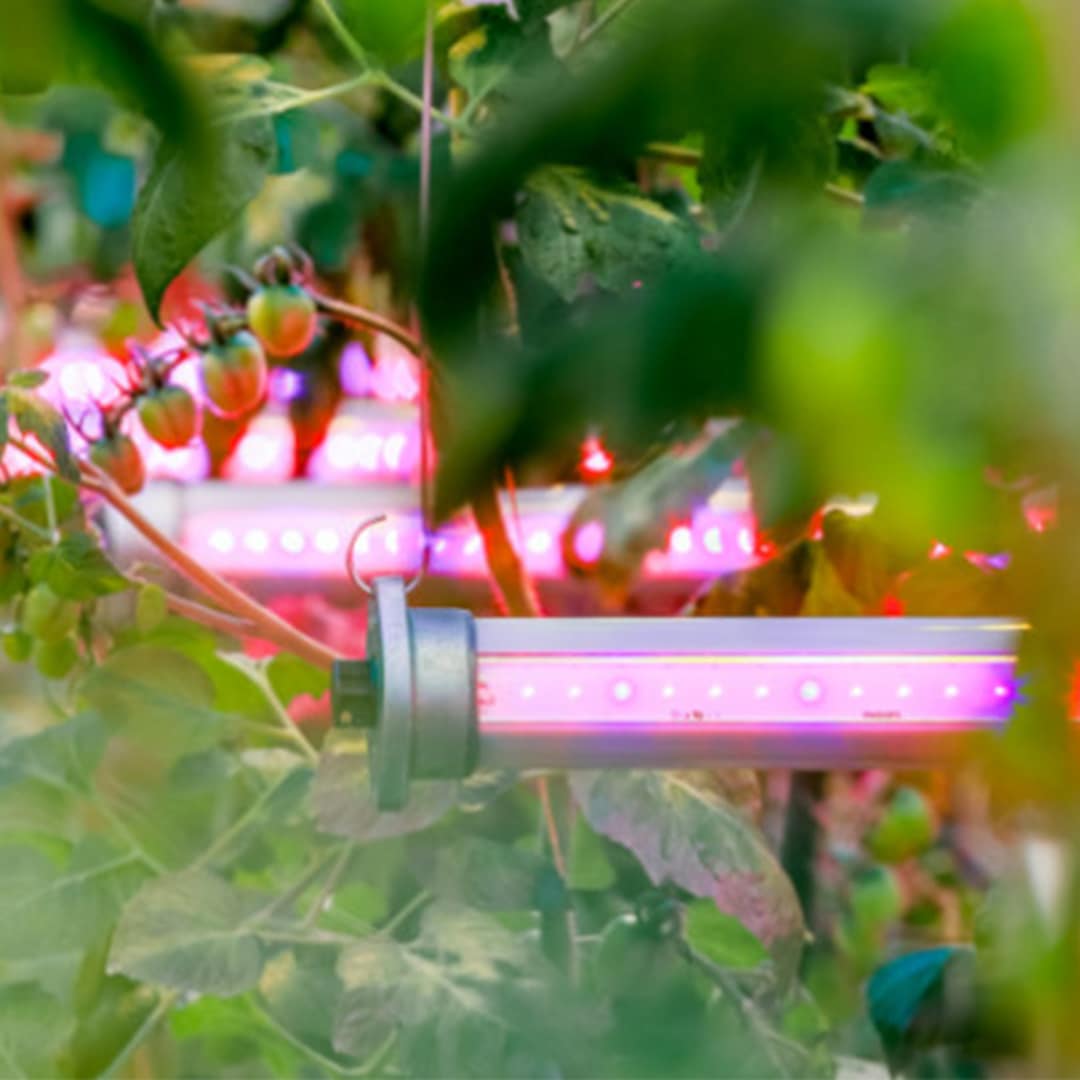
What is the difference between LED and HPS grow lights
As a grower, you are always looking for the best recipe for growth – ways to optimise results, minimise risks and increase yield. You can realise this through predictable, high-quality, high production crops or plants, delivered all year round. You aim to have maximum control over your investment and operational costs and want to find out how you can use LEDs to improve your business results. A successful LED based growth strategy will result in a couple of promises.
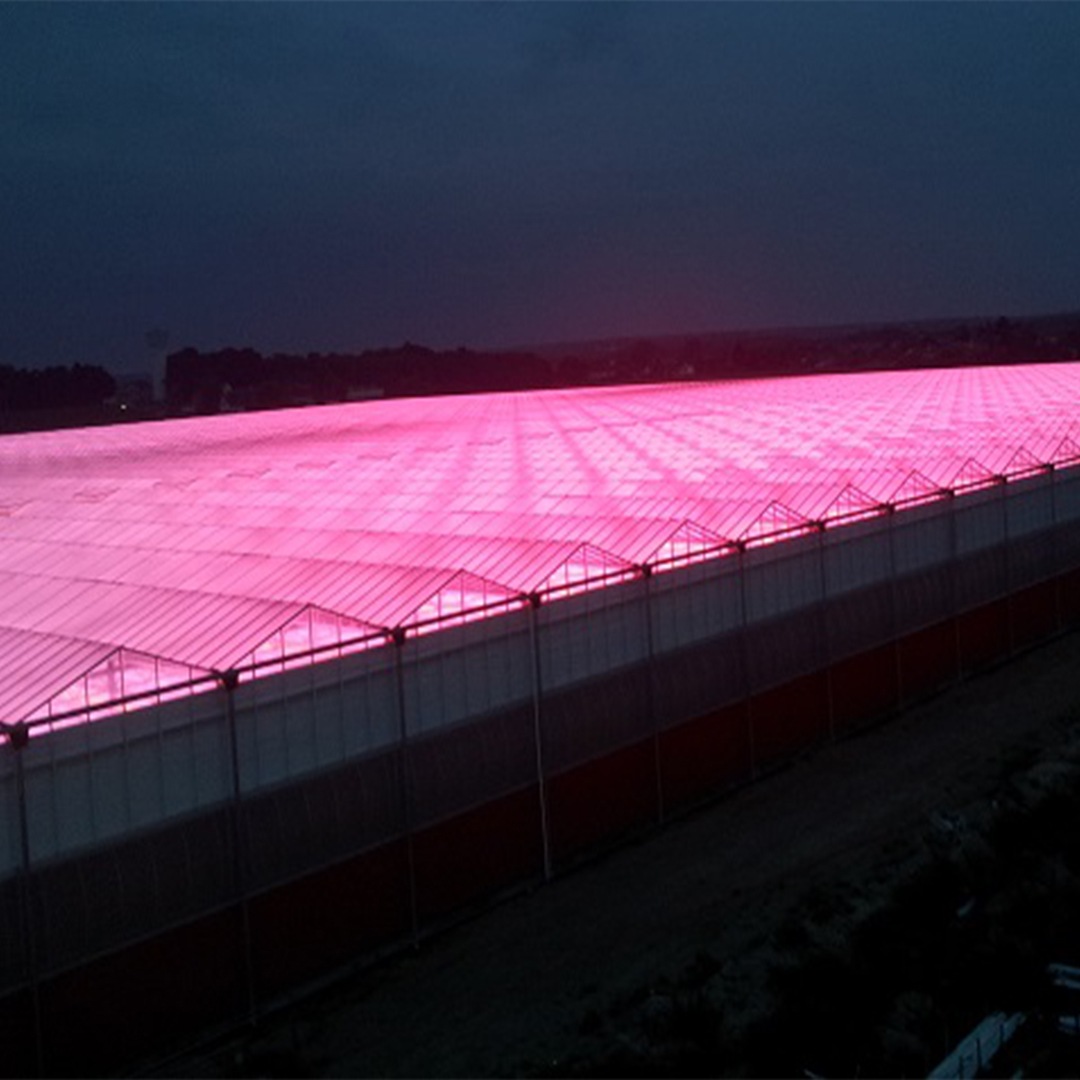
A night shift in the greenhouse for Signify
Most of our working hours at the Horticulture team are clocked during daytime. But did you know that we also regularly put in night shifts? Nighttime is when we measure if the LED lighting installed gives off the light intensity we calculated. But why at night?
It’s important for growers to make sure that every plant in the greenhouse is grown under the same optimal conditions. Irrigation, fertilisation, crop care and lighting – all have to be set up to produce consistent, high quality results. At the Horticulture team, we go to great lengths to ensure that our light plans for LED grow lights fit the exact needs of the grower and the actual conditions of their greenhouse.
Our light plan is created based on a computer simulated greenhouse, which calculates the number of light photons (µmol) that will fall on a given area (square metre), every second. Every greenhouse is different, so every light plan is unique. Think about different structures, crops and screen systems.
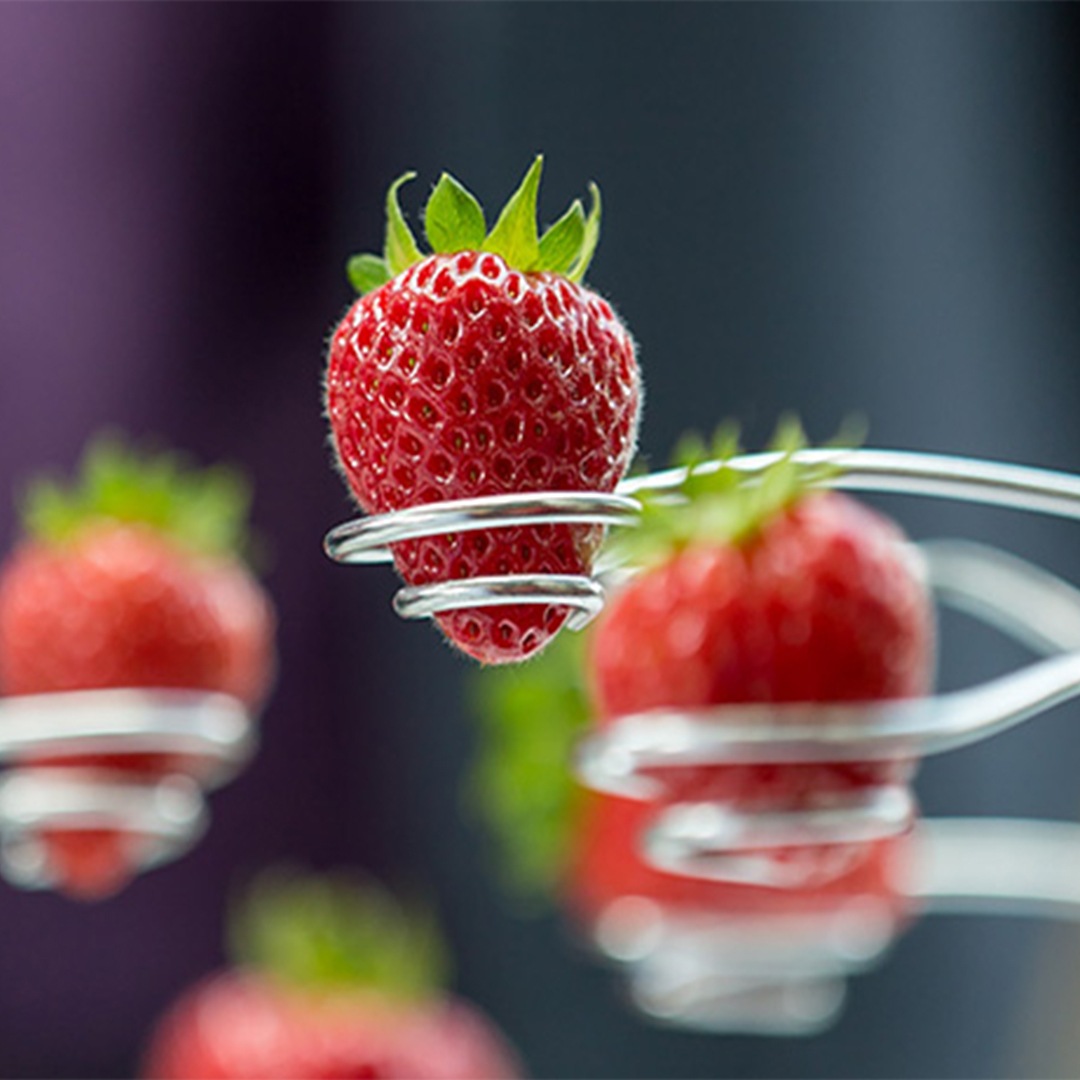
Sun-free yet summer sweet strawberries build the case for a vertical farm
High productivity is important for a vertical farm – but getting the right quality of a crop is equally or even more important. With this in mind, it should not come as a surprise that our first experiments to grow strawberries at the GrowWise Center focused on achieving a sweet-tasting strawberry.
Besides measuring productivity, we also measured the Brix values (sugar content) for two different strawberry varieties. It took us just over two months to grow strawberry plants from seeds. After that, we were able to pick large amounts of beautiful strawberries for about three months.
Normally produce from our facilities is used in the restaurants at the High Tech Campus. These strawberries, however, were so immensely popular that they never left our premises; they were eaten by our team as fast as they could ripen.
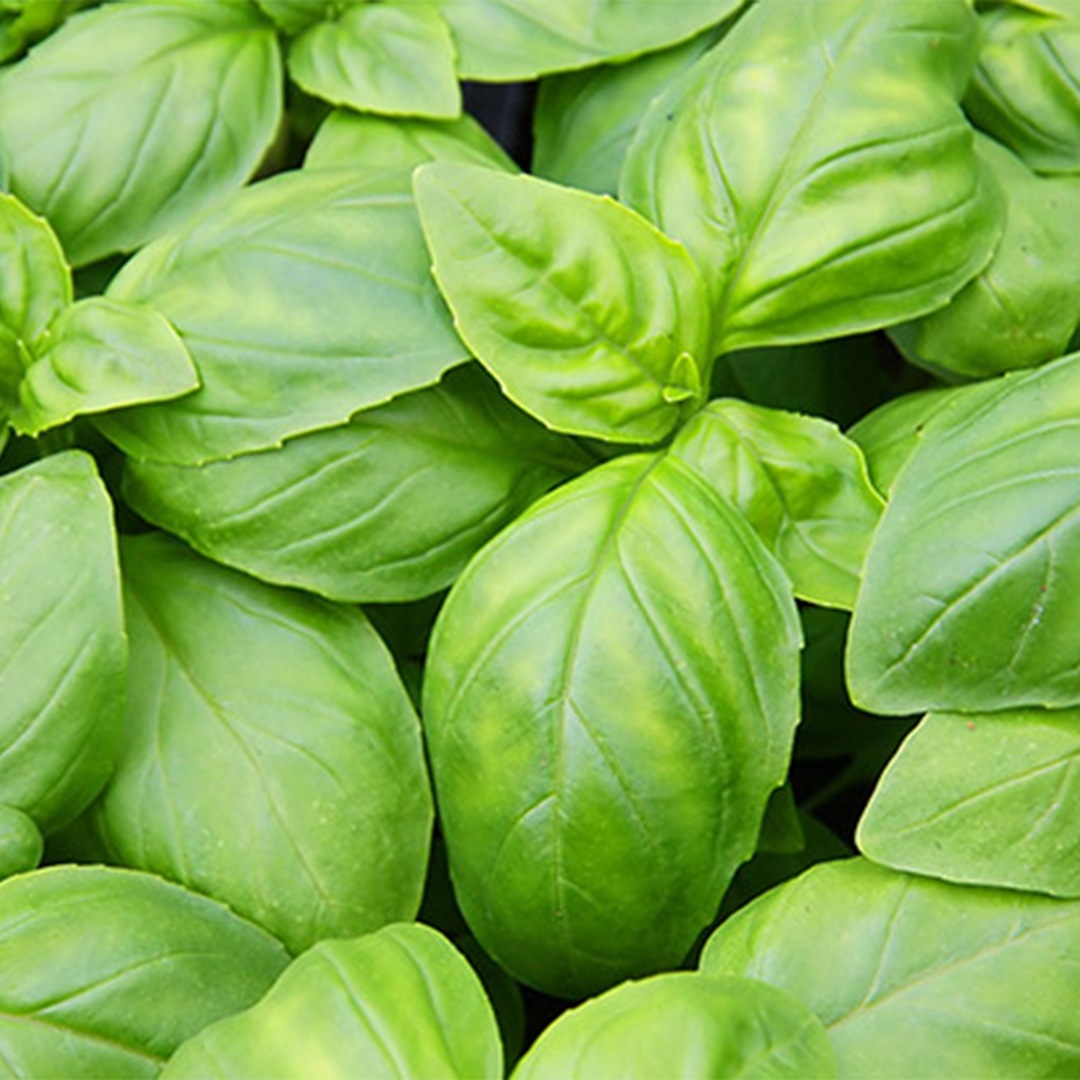
Effects of temperature on basil growth: some like it hot!
Philips researches all aspects that make up the ideal light recipe for a particular crop. But did you know that we also study a much broader range of factors to come up with the ideal growth recipe? This means that besides LED growing lights, we look at climate, CO₂, nutrients and substrates to see how we can make them work together most effectively. In this blog, I’ll tell you more about the major role that temperature plays in the storage life and yields of basil.
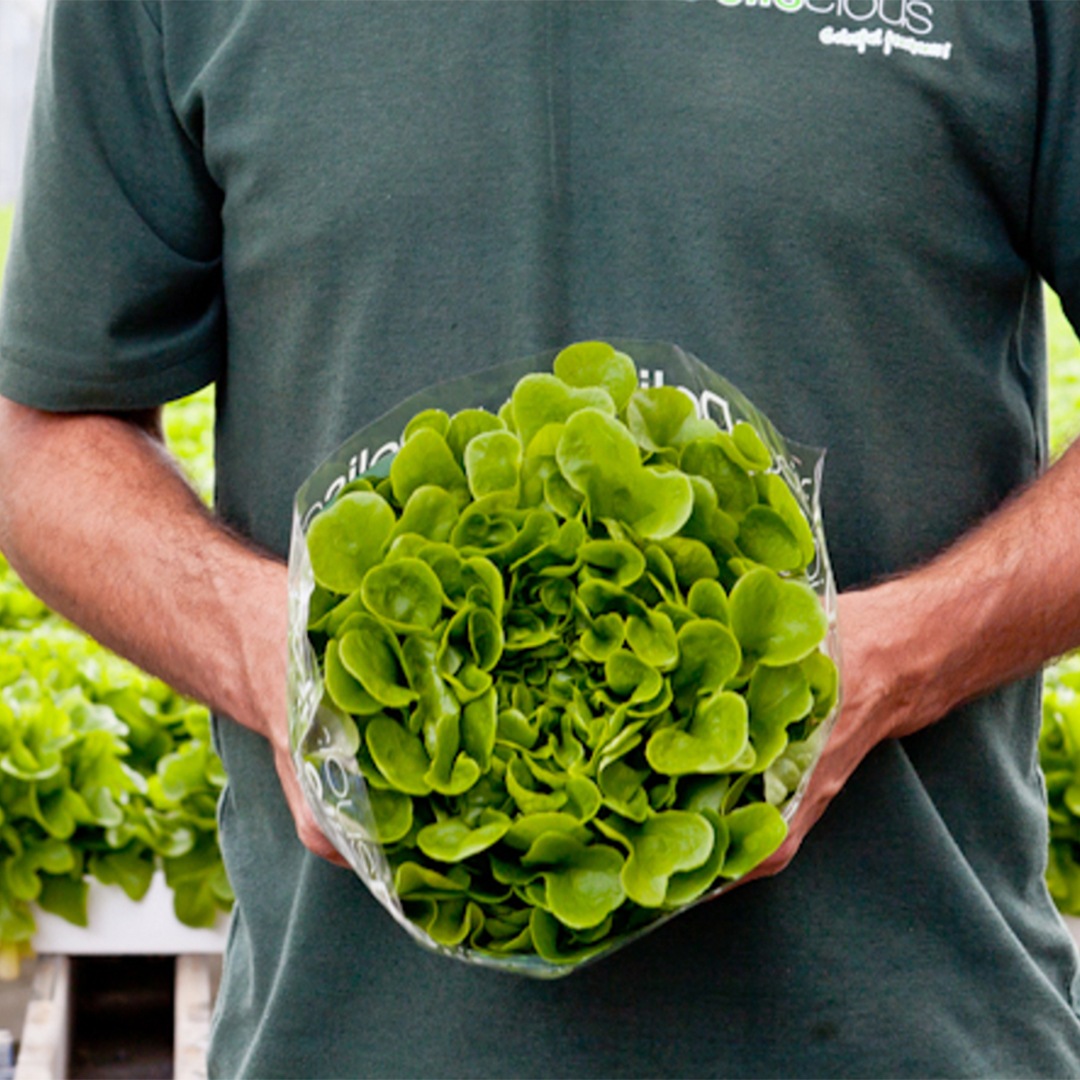
How different growing environments can influence nitrate levels in leafy greens
This is part two of our series of articles on how LED grow lights can influence nitrate levels in leafy greens. There are advocates on both sides of the issue. Some people want to lower nitrate levels in vegetables, while others want to raise them. Philips lighting Research, HAS School for Agriculture and Wageningen University carried out three simultaneous trials and discovered they could decrease or increase nitrate levels in the plants.
The trials were carried out at the same time in winter, one in a greenhouse with HID toplighting, one in a greenhouse with LED toplighting and one in a city farm with LED lighting. The exact same crops of lettuce and the same fertiliser were used in all three trials. The crops in the city farm in particular had significantly lower levels of nitrates because they were grown consistently with the right amount of light every day.
The crops grown in the greenhouse under HID and LED both had higher levels of nitrate because they were affected by different climate conditions and lower light levels than optimum. The plants experienced cloudy, sunny, colder and warmer days, during which nitrates accumulated in the leaves of the plants. The results of this experiment confirmed that in addition to LED lighting, climate is an important parameter to control in order to maximise nitrate reduction.
For most lettuce crops, less than 1500 mg/kg of nitrates could be achieved just by tailoring the light recipe within a given growth environment. This did not affect yield or other quality aspects, such as shelf life and vitamin content. Combining the light recipe with a dynamic irrigation strategy could further lower these levels if desired. A similar strategy could also be applied in a greenhouse that uses supplemental LED lighting by adapting the climate parameters and lighting to work together. In the greenhouse trial with LED lighting, we achieved lower nitrate levels than in the trial in the greenhouse with HID lighting.
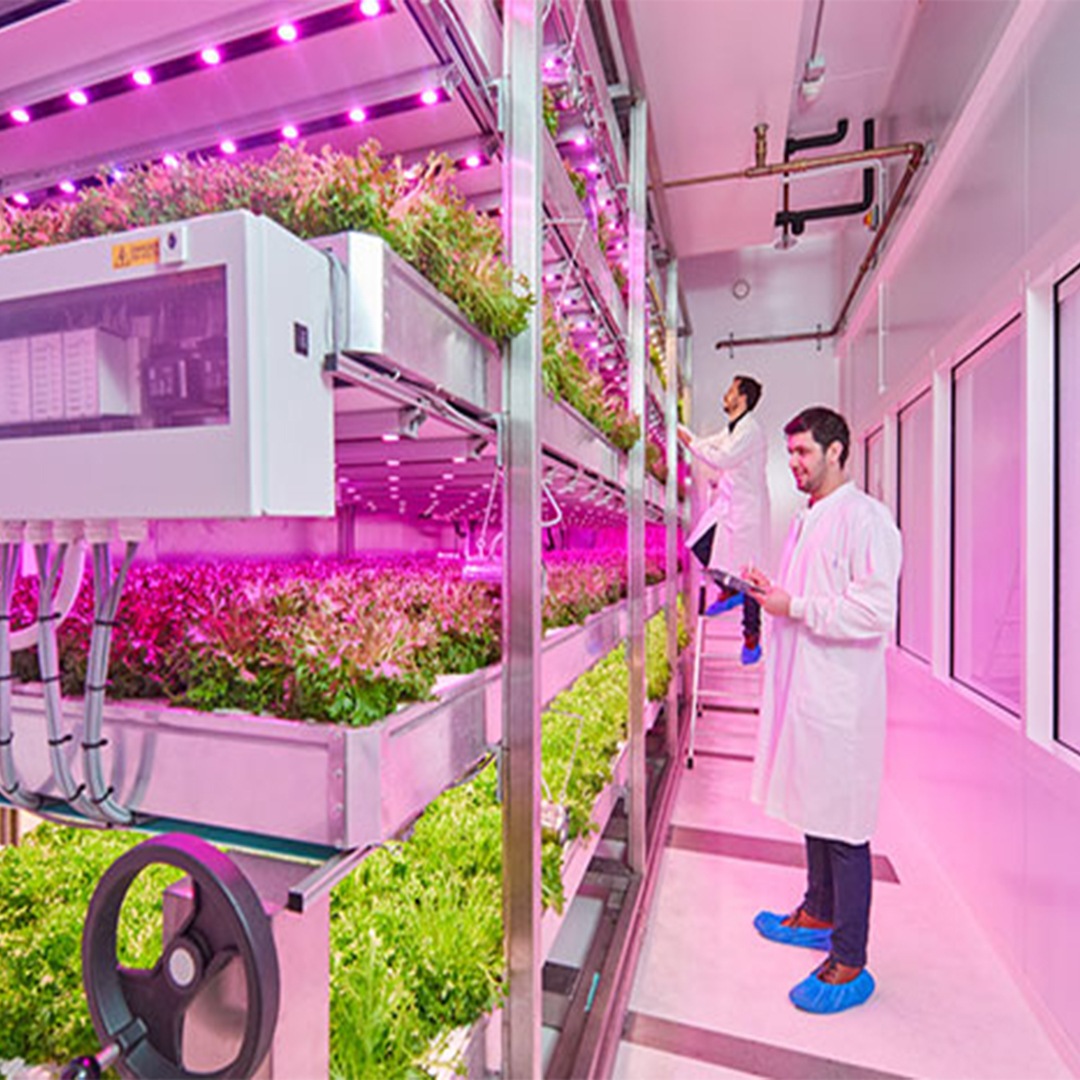
The role of sensors and data collection in a successful vertical farm
It’s widely recognised that vertical farming has many advantages over traditional crop-growing methods. Simply put, despite relatively high setup and operational costs, the production per unit of growth area in vertical farms easily exceeds that in the most advanced greenhouses. But to consistently hit this level of production, you need to ensure that growth conditions are continuously at their best. This is where sensors and data play a pivotal role, and why they’re ready to transform the future of vertical farming.

Combining HPS and LED lights for higher tomato yields and longer illumination periods
Mid-September 2018, we began a new round of trials in our tomato demonstration greenhouse at the Delphy Improvement Centre. In this project, Merlice vine tomatoes from De Ruiter Seeds are cultivated under a combination of Philips high-pressure sodium (HPS) and Philips GreenPower LED grow lights. We try to prove that a hybrid lighting solution can give growers a flexible way to apply high light levels to the crop right through early spring, while still taking advantage of the radiant heat provided by HPS lights at colder times of the year. The goal is to harvest over 55 kg/m² at the end of week 18.
Contact us
Contact certified partners
Philips products are sold through a global network of certified partners. Find partners in your region for more information about Philips LED grow lights.
Contact Philips
What are the best LED grow lights for your situation? We are here to help. Please use our form to submit your request.
Subscribe to newsletter
Keep up to date about Philips LED lighting in horticulture by subscribing to our newsletter.
Join our team
Interested in discovering your recipe for growth and joining our team? Take a look at our career page for more information.
